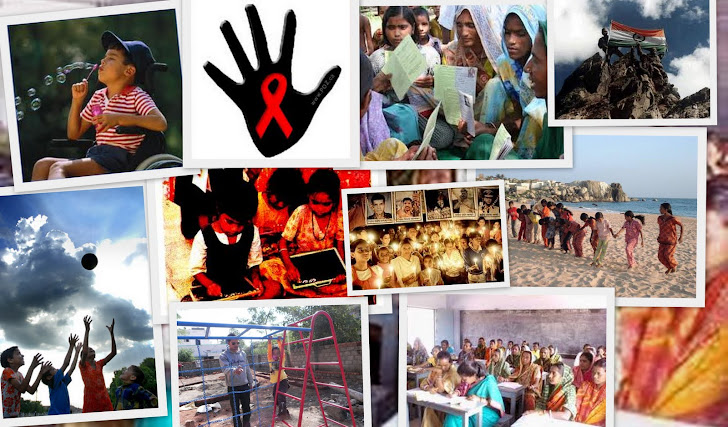What is Cancer? What Causes Cancer?
Cancer is a class of diseases characterized by out-of-control cell growth. There are over 100 different types of cancer, and each is classified by the type of cell that is initially affected.
Cancer harms the body when damaged cells divide uncontrollably to form lumps or masses of tissue called tumors (except in the case of leukemia where cancer prohibits normal blood function by abnormal cell division in the blood stream). Tumors can grow and interfere with the digestive, nervous, and circulatory systems, and they can release hormones that alter body function. Tumors that stay in one spot and demonstrate limited growth are generally considered to be benign.
More dangerous, or malignant, tumors form when two things occur:
- a cancerous cell manages to move throughout the body using the blood or lymph systems, destroying healthy tissue in a process called invasion
- that cell manages to divide and grow, making new blood vessels to feed itself in a process called angiogenesis.
When a tumor successfully spreads to other parts of the body and grows, invading and destroying other healthy tissues, it is said to have metastasized. This process itself is called metastasis, and the result is a serious condition that is very difficult to treat.
In 2007, cancer claimed the lives of about 7.6 million people in the world. Physicians and researchers who specialize in the study, diagnosis, treatment, and prevention of cancer are called oncologists.
What causes cancer?
Cancer is ultimately the result of cells that uncontrollably grow and do not die. Normal cells in the body follow an orderly path of growth, division, and death. Programmed cell death is called apoptosis, and when this process breaks down, cancer begins to form. Unlike regular cells, cancer cells do not experience programmatic death and instead continue to grow and divide. This leads to a mass of abnormal cells that grows out of control.
Cancer warning signs:
1. Losing weight at a rapid rate (among people not being on a diet), gasses, discomfort, digestive disorders, anorexia, recurring diarrhoea, constipation – are the symptoms occurring most frequently in case of lung, stomach, kidney and large intestine cancer. If accompanied by a feeling of weakness, it can be a sign of blood loss or lack of proper elements building it.
2. Pain of unknown cause – long-lasting stomach-ache can be the symptom of large intestine cancer, lumbalgia can be the sign of kidney cancer, pain in the chest can result from lung cancer. Bone aches can be caused by metastasis.
3. Haemoptysis, long-lasting hoarseness (over 3 weeks), persistent cough or change of its character – can be caused by lung or larynx cancer.
4. Change in colour of moles and warts, ulceration and itching, ulceration of open wounds, burns and scalds can be the signs of skin cancer.
5. Excessive production of urine, backlog of urine, painful urinating, slow, time-consuming flow of urine, lumbago as well as backache can be the signs of prostate cancer.
6. Pain, vertigo, nausea, sight distortions (oversensitized sight, astigmatism), hearing impediment, upset balance and mental disorders can result from brain cancer.
7. Swallowing difficulties – can be a symptom of throat, larynx, oesophagus and stomach cancer.
8. Feeling of fullness in epigastrium, aches and digestive disorders – may be due to stomach cancer and other kinds of alimentary canal cancer, sometimes ovary cancer.
9. Blood in faeces, black faeces, alternating diarrhoea and constipation, mucus in faeces, narrow (pencil-like) faeces – are the symptoms of alimentary canal cancer, especially of large intestine and rectum.
10. Blood in urine (without the symptoms of urinary tracks inflammation), dysuria (compulsive urination, difficulties in urination) – can accompany the urinary tracks cancer.
11. Improper bleeding from the genital tracks, pink or dark-red vaginal discharges, hypogastrium and lower limbs ache can be the signs of vagina, uterine cervix and uterus cancer.
12. Marks on skin and mucosus membrane (lips, oral cavity, genitals): not healing ulceration, change in mark’s appearance, occurrence of new skin marks of some specific features (irregular distribution of pigment, vague line between the mark and healthy skin, quick growth of the marks, bleeding, dripping).
13. Breast tumour (by approximately 15% - 25% can be impalpable), ulceration, the retraction of nipple, asymmetrical nipples, change of size or the shape of a nipple, its swelling and the marks around it, enlargement of lymphatic glands in the armpit, extension of veins in the breast skin, ulceration of breast skin, shoulder swelling, flat efflorescene in case of the so called advanced inflammation nipple cancer – are often the symptoms of breast cancer.
14. Fever, tiredness, bones and joints ache, inclination to temporary anaemia and bleeding, impalpable tumour of abdominal cavity, as a result of spleen enlargement, that can be detected in gastro-bowel test.
15. Pain and pressure in the upper right part of stomach, tiredness, anorexia and at a further stage of rhe disease a palpable tumour in the upper right part of stomach, inclination to jaundice and bleeding can be the signs of liver cancer.
Cancer Prevention Tips:
- Exercise regularly: Minimum 30 minutes per day. Moderate regular exercise reduces your cancer risk at least 40 percent.
- Eat a healthy well- balanced diet: little or no red meat, and lots of fresh fruits and vegetables.
- Cigarette smoking increases your cancer risk by 30 percent.
- Maintain regular gynecological examinations: including Pap smears and Mammograms. Perform monthly breast self exams: It's the best preventive measure.





